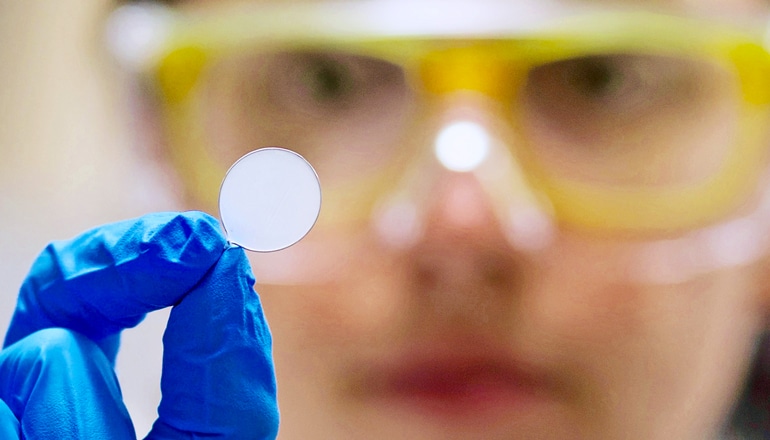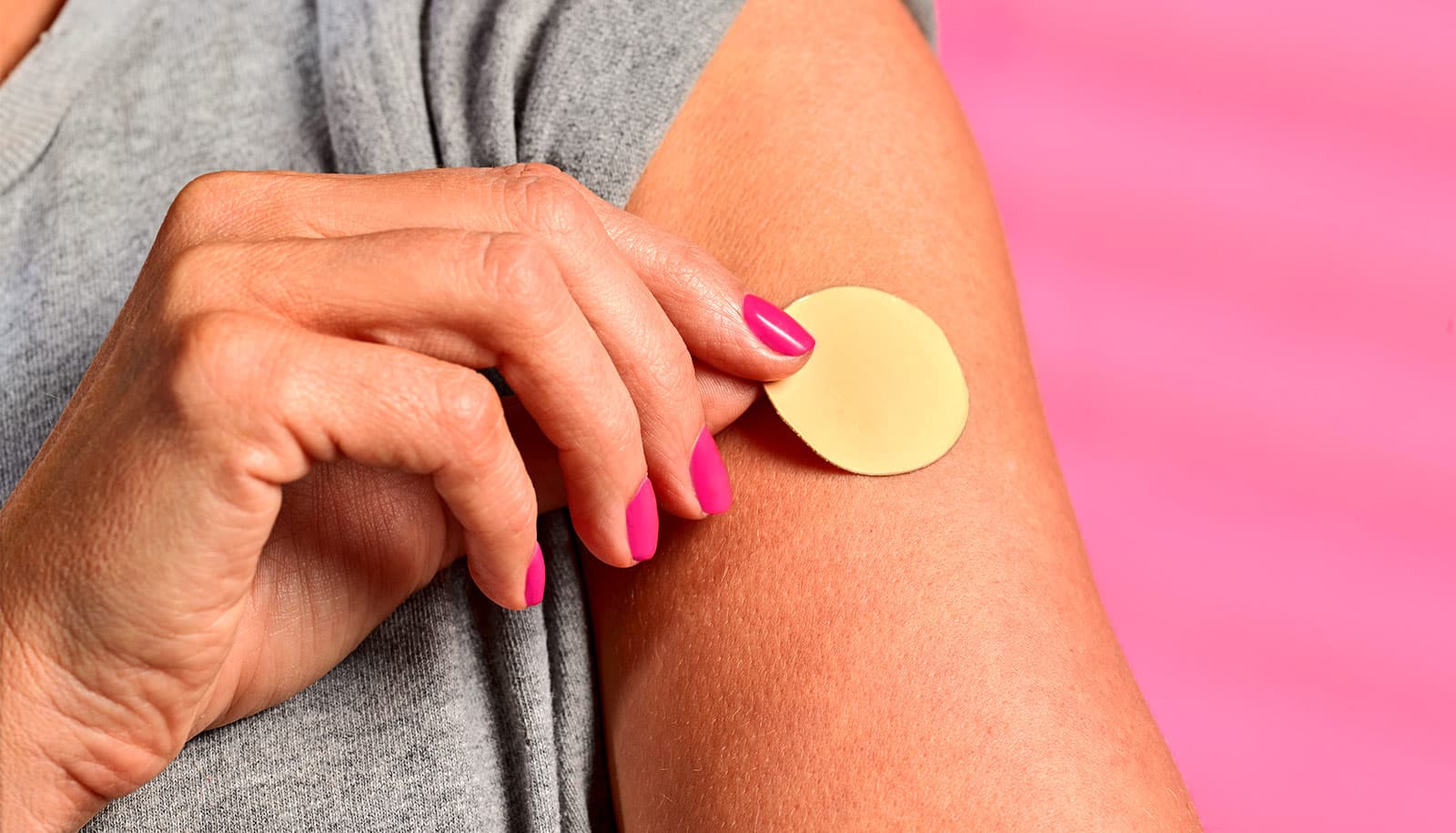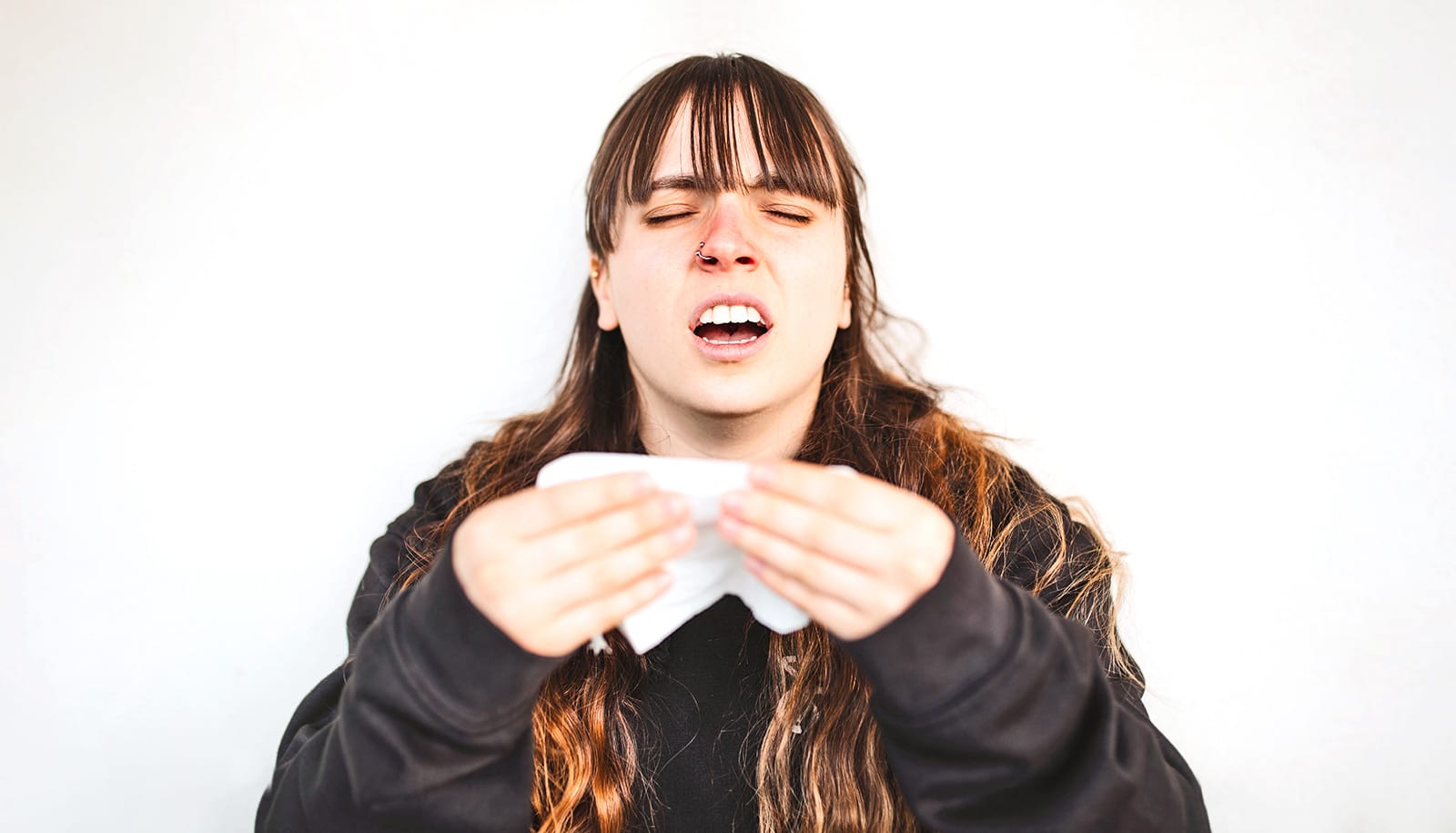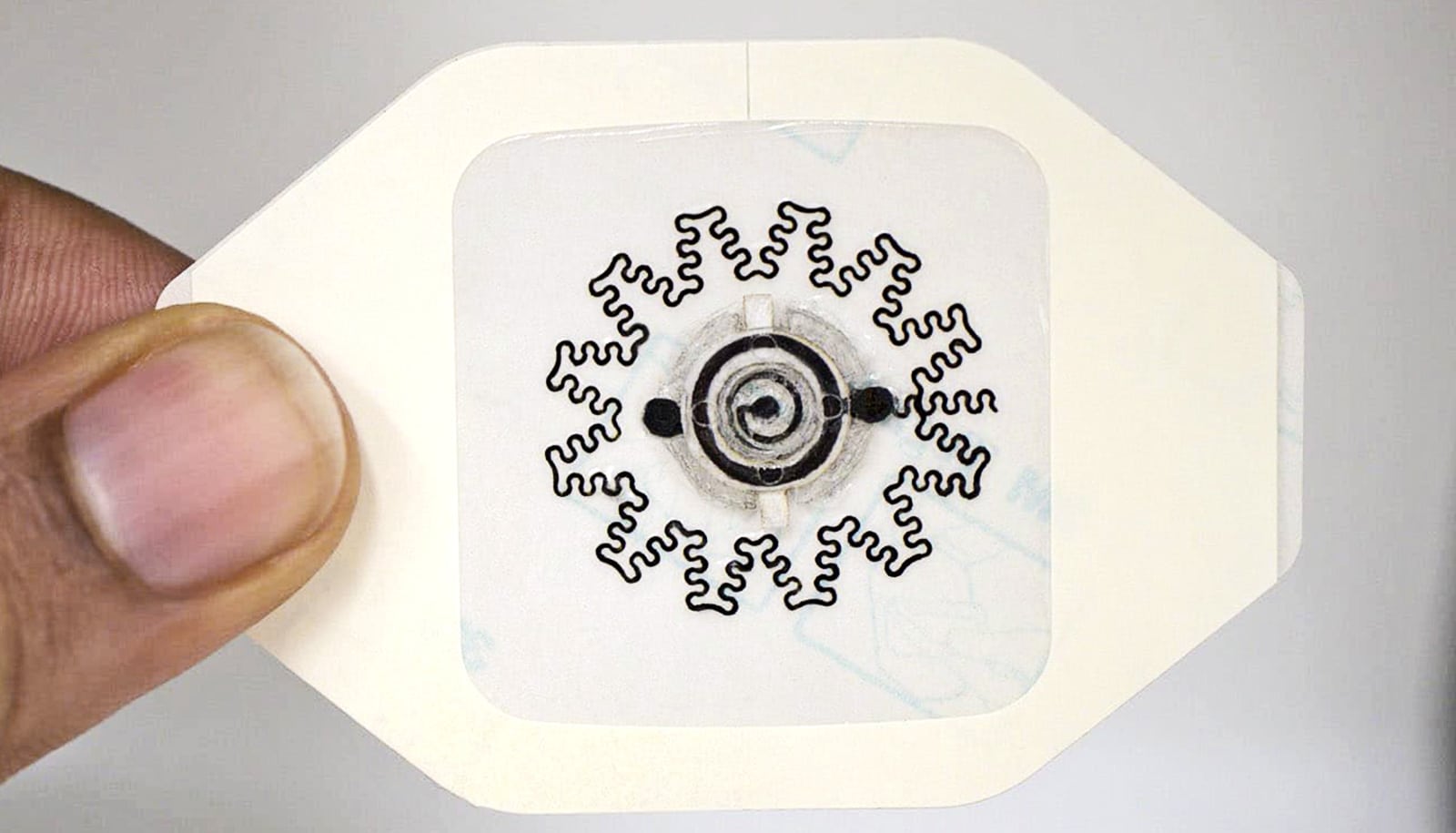A new study takes a step toward the development of smarter skin grafts that facilitate healing while minimizing infection for chronic skin wounds.
“Our group has expertise in developing new polymers and functional surface assemblies for biomedical applications,” says Svetlana Sukhishvili, professor and director of the soft matter facility at Texas A&M University.
“At Texas A&M we investigated how to build a stimuli-responsive polymeric material that could absorb and release antibiotics when prompted by a physiologically relevant stimuli,” explains lead researcher Victoria Albright, a graduate student materials science and engineering department.

The team’s solution was to add functional containers, or micelles, on the surface of biodegradable fiber meshes to enhance surface functionality.
“Once we had a working system, we then sought to understand how this material would interact with bacteria and found it would be able to prevent infection as desired,” Albright says.
Hongjun Wang, professor and chair of the biomedical engineering department at Stevens Institute of Technology, studied the interaction of human cells with the material and found that it was not only nontoxic but also enhanced cellular growth and migration due to the surface-bound micelles, which changed the surface topography or texture.
The study demonstrates how important the engineering of specific surface structures and functionalization, or changing the surface chemistry, is for designing advanced biomaterial and controlling interactions of living matter with artificial materials, the researchers say.
Hydrogel could totally change treatment of diabetic wounds
Simply put, the team created new polymer materials that can be used to coat wounds with previously nonachievable properties, virtually turning the surfaces of skin grafts into highly functional ones.
“The material we designed could potentially be used for advanced wound dressings,” Albright says. “These materials would have the highest impact in hard-to-heal wound cases such as those for diabetic ulcers and chronic wounds.”
“Now that we have shown very promising ‘in vitro’ results with human cells, the next critical step for the team is to further demonstrate this concept via ‘in vivo’ testing,” says Wang.
How cells start the process of healing wounds
“Next the team will work closely with clinicians to optimize our design, maximize benefits for patients, and enhance the real-world applicability of the skin graft. The team will continue to engineer the skin graft to specifically address different types of wounds and to further personalize it for different patients.”
The findings appear in Advanced Healthcare Materials.
Source: Texas A&M University



